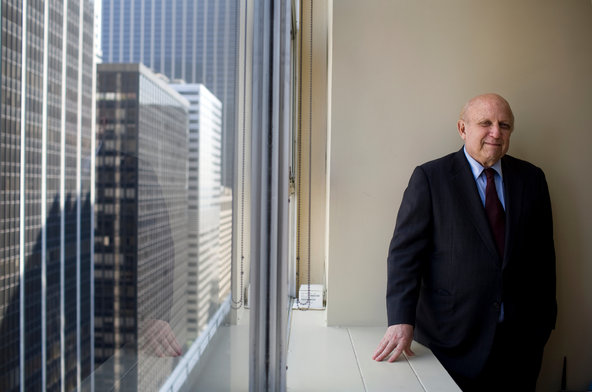The ruling, by Judge Denise L. Cote of United States District Court in Manhattan, is a blow to music publishers, who have tried to get the best royalty rates for digital music by limiting the extent that performing rights societies like Ascap and Broadcast Music Incorporated represent their songs. The ruling could also hurt the societies themselves if they are perceived as preventing the publishers from getting higher rates.
Two years ago, the industry’s biggest publishers began withdrawing digital rights to their music from Ascap and BMI, forcing companies like Pandora to negotiate directly for a license to stream the music.
Sony/ATV, the world’s largest publisher, has said it received a 25 percent higher rate by licensing its songs to Pandora directly.
Pandora argued in a motion for summary judgment that allowing publishers to withdraw their digital rights violated Ascap’s longtime consent decree, which says that the organization must license its songs to any service that asks. The judge agreed, saying that Ascap must make all the songs in its catalog available to Pandora through 2015, when its current licensing terms with Internet radio provider expire. If Ascap licenses a song for some purposes, the judge ruled, it must for others – like streaming — as well.
“ ’All’ means all,” Judge Cote wrote in her decision. The ruling precedes a larger rate-setting trial between Pandora and Ascap, which will begin on Dec. 4.
In a statement, Christopher Harrison, Pandora’s assistant general counsel, said, “We hope this will put an end to the attempt by certain Ascap-member publishers to unfairly and selectively withhold their catalogs from Pandora.”
John LoFrumento, Ascap’s chief executive, said he looked forward to the trial. “The court’s decision to grant summary judgment on this matter has no impact on our fundamental position in this case that songwriters deserve fair pay for their work, an issue that the court has not yet decided.”
The larger effect of the ruling is unclear. On Wednesday, a spokesman for Sony/ATV said he expected that the terms of the deal would not change because of Judge Cote’s ruling.
BMI, which like Ascap represents a huge portion of the music available in the United States, operates under its own consent decree, and is governed by a different federal rate court. BMI sued Pandora in June over rates, a few days after Pandora said it would buy a small radio station in South Dakota to qualify for rates enjoyed by terrestrial broadcasters. Ascap has also asked the Federal Communications Commission to block that sale.
Pandora, which has more than 70 million regular users, was once the darling of the music world. But over the last year it has become one of industry’s biggest opponents as it pushes for lower royalty rates. Last year, it heavily promoted the Internet Radio Fairness Act, a failed bill in Congress that could have reduced what services like Pandora pay record companies and performing artists.
Pandora’s efforts to reduce costs and increase its advertising revenue have helped push the company’s stock higher; by Wednesday afternoon, shares were up about 2 percent.

Article source: http://www.nytimes.com/2013/09/19/business/media/court-gives-a-victory-to-pandora-over-licensing-streaming-music.html?partner=rss&emc=rss





